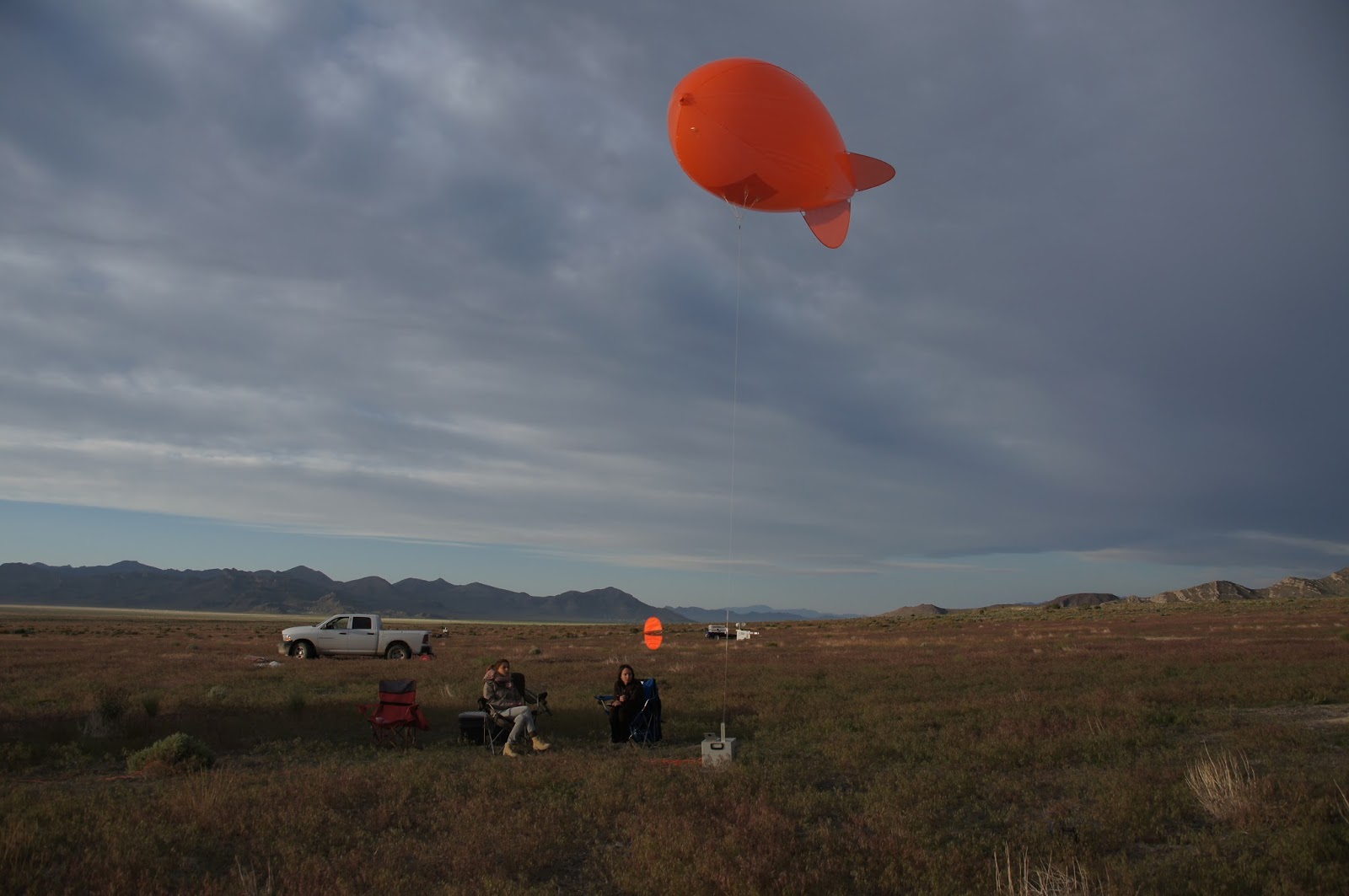I suspected something about the weather had changed when I saw a fully cloudy sky this morning on my way to school, but I didn't expect snow today. I guess I should have paid better attention to the weather.
From the NWS in Salt Lake:
AREA FORECAST DISCUSSION NATIONAL WEATHER SERVICE SALT LAKE CITY UT 1002 AM MST THU FEB 26 2015 .SYNOPSIS...A WEATHER DISTURBANCE WILL TRACK SOUTHEAST ACROSS UTAH TODAY. A DEVELOPING STORM SYSTEM WILL AFFECT MUCH OF THE SOUTHERN AND CENTRAL GREAT BASIN THIS WEEKEND. A THIRD STORM WILL IMPACT THE ENTIRE AREA THE FIRST HALF OF NEXT WEEK. && .DISCUSSION...A WEAK SHORTWAVE TROUGH IS CURRENTLY DROPPING INTO NORTHWEST UTAH AND NORTHEAST NEVADA PER LATEST WATER VAPOR IMAGERY. RAP ANALYSIS SHOWS NORTHWEST FLOW AND 700MB COLD ADVECTION ALREADY UNDERWAY ACROSS NORTHWEST UTAH AND MODELS SHOW THIS WILL CONTINUE TO DEVELOP INTO CENTRAL AND SOUTHERN UTAH LATER TODAY. RADAR ALREADY FILLING IN OVER NORTHERN UTAH WITH LIGHT SNOW REPORTED IN THE MOUNTAINS AND DOWN TO AT LEAST SOME BENCH AREAS ALONG THE WASATCH FRONT. EXPECT PRECIPITATION TO CONTINUE TO FILL IN TODAY...BUT GENERALLY LIGHT AND OF A SPOTTY NATURE GIVEN LACK OF A STRONG COLD FRONT...WEAK LARGE SCALE LIFT AND MODEST INSTABILITY. GREATEST AMOUNTS EXPECTED UP NORTH WITH THE BEST INSTABILITY...BUT HAVE UPDATED TO INCREASE POPS A BIT DOWN SOUTH FROM AROUND CEDAR CITY TO GREEN RIVER NEAR AN AREA OF SFC-700MB CONVERGENCE THIS AFTERNOON. OTHERWISE HAVE ALSO INCREASED SKY COVER OVER SOUTHERN UTAH FOR THE REST OF THE DAY AND MADE MINOR TWEAKS TO WIND GRIDS. AS THIS STORM EXITS THE AREA TONIGHT...THE NEXT STORM WILL BEGIN TO DROP IN FROM THE PACIFIC NORTHWEST. THIS STORM IS EXPECTED TO CARVE SOUTH ALONG THE WEST COAST...FORMING AN ELONGATED NORTHEAST TO SOUTHWEST-ORIENTED TROUGH AXIS AS THE STORM STARTS TO SPLIT. A CHANCE STILL EXISTS FOR POTENTIALLY SIGNIFICANT SNOW FOR MAINLY SOUTHERN AND PORTIONS OF CENTRAL UTAH UNDER LONG-DURATION PRECIPITATION EVENT LATE FRIDAY THROUGH AT LEAST MONDAY. STILL SOME MODEL DIFFERENCES TO WORK OUT REGARDING QPF AND WHERE THE FOCUS OF HEAVIEST PRECIPITATION WILL BE LOCATED.
The radar shows this snow is widespread, and the camera display shows that as well.
Looks like this fun weather will stick around a few days...
This winter hasn't really felt like winter, so why the change?
Most of February we the Intermountain West has been the parking spot of a high pressure ridge. This kept our temperatures rather warm and skies clear. This is not the pattern that brings us snow.
Today, the ridge is off to our west, meaning a trough has backed up towards the west. This allows storms to come into Utah.































































